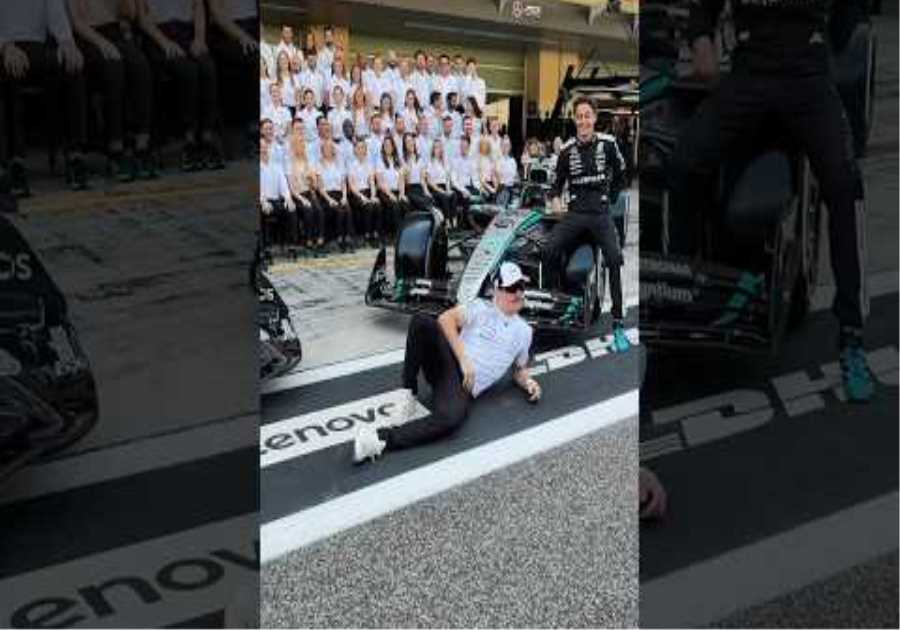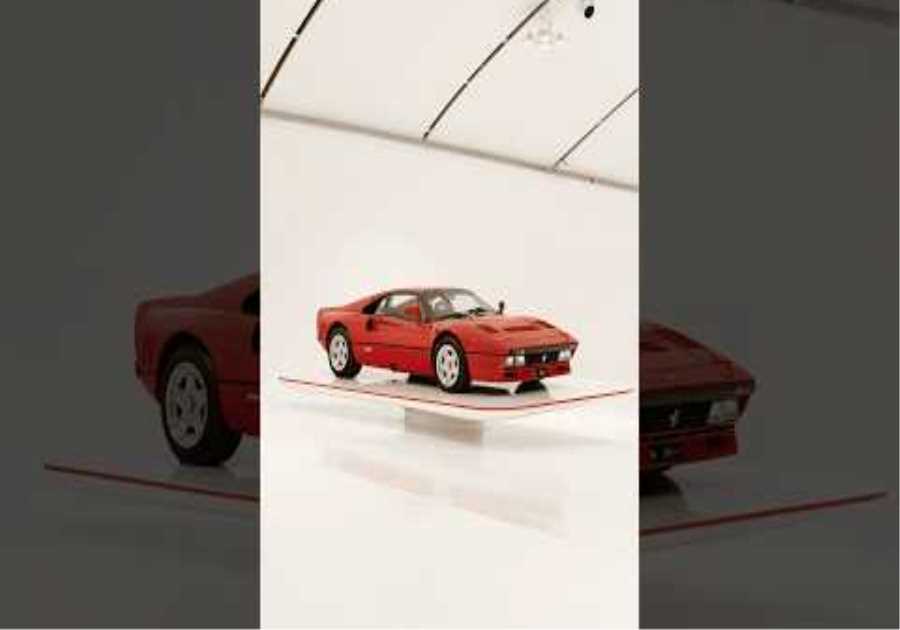
A claim for the title of “Fastest Car in the World” might seem easy to settle. It’s actually anything but: Are we talking production cars, race cars or customized monsters? And what does “fastest” even mean? For years, car publications have tended to define “fastest” in terms of an unbeatable top speed. That’s distinct from the “quickest” car in a Usain Bolt-style dash from the starting blocks, as with the familiar 0-60 mph metric.
Professionals often focus on track lap times or elapsed time-to-distance, as with a drag racer that’s first to trip the beam of light at the end of a quarter-mile; or the 1,000-foot trip of nitromethane-powered NHRA Top Fuel and Funny Car dragsters. Something tells us, however, that you’re not seeking out an answer of “Brittany Force rewriting the NHRA record books with a 3.659-second pass at a boggling 338.17 mph.”
For most barroom speed arguments, the focus is firmly on cars you can buy in showrooms, even if many are beyond the financial means of all but the wealthiest buyers and collectors. Here are some of the enduring sources of speed claims, counter-claims, tall tales and taunting dismissals that are the lifeblood of car enthusiasts – now with Teslas and other EVs adding an unexpected twist to these passionate pursuits.
Fastest from the blocks: 0-60mph
Thirty years ago, any car that could clock 60 mph in five seconds or less was considered extremely quick. Today, high-performance, gasoline-powered sedans and SUVs are routinely breaking below 4 seconds. And Tesla claims a record-setting 1.99-second 0-60 mph sprint for its Model S Plaid – with the caveat of running on a sticky, prepared drag-racing surface that affords significantly more traction than normal pavement. Let the battle continue: Car and Driver says the 986-horsepower Ferrari SF90 plug-in hybrid remains the quickest 0-60 car it’s ever tested on normal pavement, at 2.0 seconds. The Plaid, with 1,020 horses, managed “only” 2.1 seconds on normal pavement. That still leaves Elon Musk’s five-passenger sedan in a tie, and good company, with a pair of overachieving, AWD Porsche sports cars, the 918 Spyder and 911 Turbo S.
Theoretical bragging rights: top speed
More than ever, production cars are achieving top speeds that no public road can safely contain, and that no amateur driver should attempt. Yet that has only fueled the desire of certain collectors to own a car whose terminal velocity is one unassailable measure of speed.
In 1998, five years after its debut, the McLaren F1 – the first streetgoing car from the British racing specialists – set a ridiculous new pace for a production automobile: A two-way average top speed of 240.1 mph at Volkswagen’s Ehra-Lessien track in Germany. (Cars seeking legit speed marks run in two directions to negate any advantage from a tailwind). Sweden’s Koenigsegg topped that by about 1 mph in 2005 with its CCR. Then the one-upmanship really began, with record-shattering hypercars in the Bugatti Veyron 16.4 (253.8 mph), America’s SSC Ultimate Aero (256.1 mph), a Veyron Super Sport (267.8 mph), Hennessey Venom GT (270.4 mph) and Koenigsegg Agera RS (277.8mph).
Bugatti reclaimed the blurry crown with its Chiron Super Sport in 2019, breaking the mythical 300-mph barrier in the process. Driven by racer Andy Wallace, Bugatti’s 16-cylinder, 1,578-horsepower, $3.8-million phantasm reached 304.777 mph at Ehra-Lessien’s 5.4-mile straightaway.
Still a classic: the quarter mile
In the United States, drag racing began as an underground pastime on the dry lake beds of California, and by the 1930s, quarter-mile speeds were topping 100 mph. Things got more organized and professional when Wally Parks founded the NHRA in 1951. And Decades after drag racing became big business, and a battleground for manufacturers and drivers, the quarter-mile remains the gold standard for straight-line races – even if many enthusiasts tend to cite 0-60 mph statistics first. Here, the Model S Plaid claims a remarkable achievement, a roughly $130,000 sedan whose ridiculous 9.4-second quarter-mile (at about 151 mph) equals the Bugatti Chiron, a car that costs a good $3.5 million more. Ah, and if real-world passing speed is a concern, the Tesla’s 30-50 mph and 50-70 mph passing times whip the Bugatti’s.
Lord of the Ring: Germany’s Nurburgring Nordschleife
Over the past decade especially, enthusiasts have become obsessed with lap times on the Nürburgring, a course through Germany’s Eifel mountains that staged its first race in 1927. Specifically, they focus on the Nordschleife, the “North Loop” that Sir Jackie Stewart first dubbed the “Green Hell” prior to winning a rainy F1 race there in 1968. Today, car manufacturers compete to shave seconds on the bumpy, hair-raising 12.9-mile circuit, with new marks setting off buzz around the world. Those records whet buyer appetites for the fastest cars in a variety of categories, from EVs to affordable front-drivers like the Honda Civic Type R. In 2019, Timo Bernhard took the track-only Porsche 919 Hybrid Evo through an epic 5 minute, 19.55 -second lap – by far the fastest ‘ring lap for any car, ever.
In recent years, the Lamborghini Aventador SVJ set a stirring production-car record of 6:44.97, only to be nipped by the Mercedes-Benz AMG GT Black Series at 6:43.62 (pictured above). And last summer, Porsche grabbed the title right back. Porsche works driver Lars Kern drove a 691-hp 911 GT2 RS (equipped with a special “Manthey Performance Kit”) around the circuit in 6:43.30, smashing the record by about 4.74 seconds.








